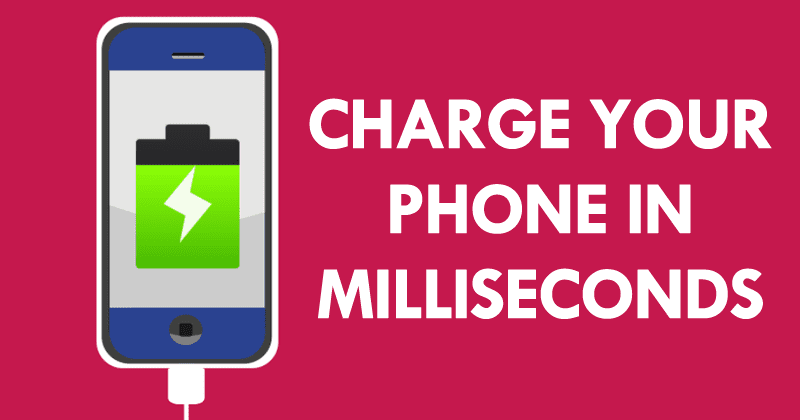One of the keys to achieving this seems to be in the supercapacitors, but they have limitations, such as rapid loading and unloading cycles, and less capacity than conventional batteries. Scientists at Drexel University in Pennsylvania are working on a nanomaterial called MXene that combines the fast loading speed of supercapacitors with the high capacity of today’s batteries. However, the most interesting thing about this is that a battery of mobile or car made with MXene can be recharged in seconds. The MXene is a nanomaterial that has a sandwich structure with a layer of conductive carbon between two layers of oxide. These sandwiches pile up on top of each other, in the words of their creators, “like Pringles potatoes.” They can be grouped in many different forms, giving rise to beautiful compositions. The problem with MXene in particular and all batteries, in general, is that the ions that carry the charge and are stored in the battery reach their destination slowly and tortuously, which causes the batteries take hours to charge. Scientists at Drexel University have solved the problem by using a hydrogel that allows ions to move freely through MXene. With this technique, they have managed to recharge the electrodes of the nanomaterial in just milliseconds. But they still have to overcome one more difficulty: a battery created with this technique would be very small, so you need to find a way to scale this whole theory to the size of a mobile or car battery. Hence, when they will achieve this, the batteries can be recharged in just a few seconds. However, there are no definitive dates, when they will achieve and launch this awesome breakthrough but the goal is getting closer. So, what do you think about this new extraordinary technology? Simply share your views and thoughts in the comment section below.
Δ


